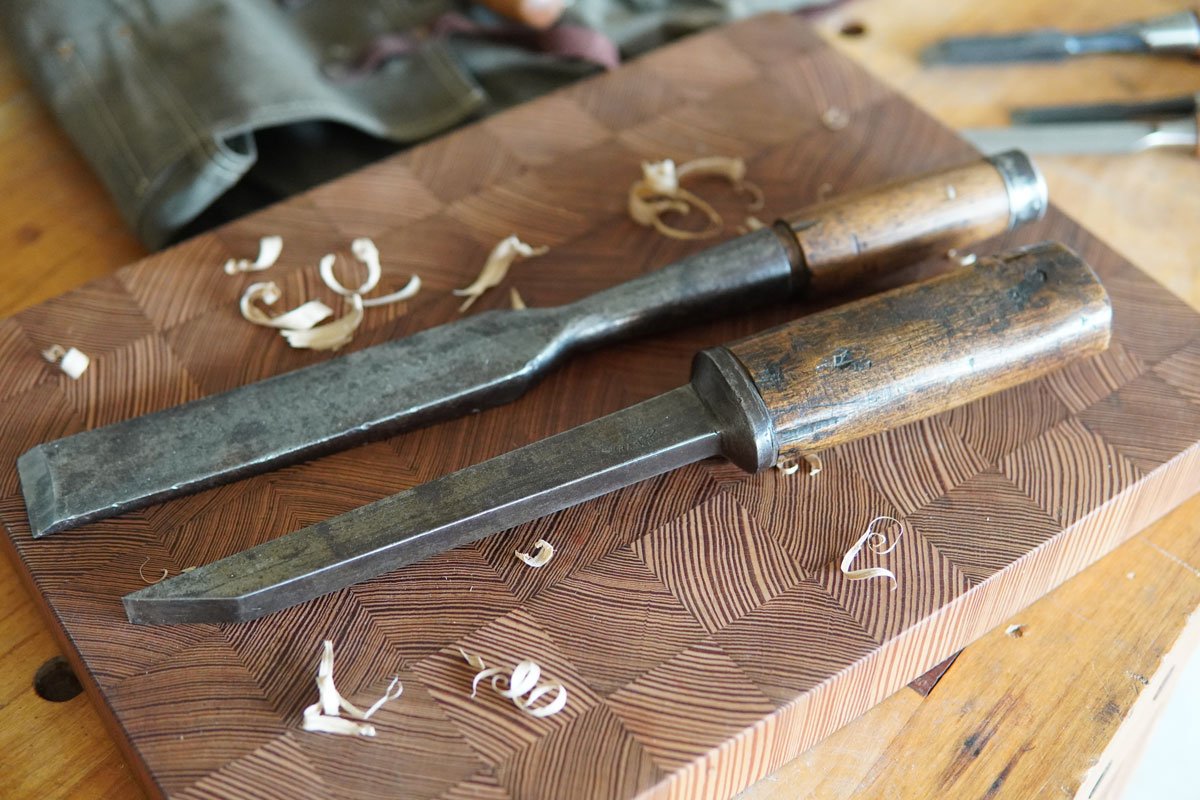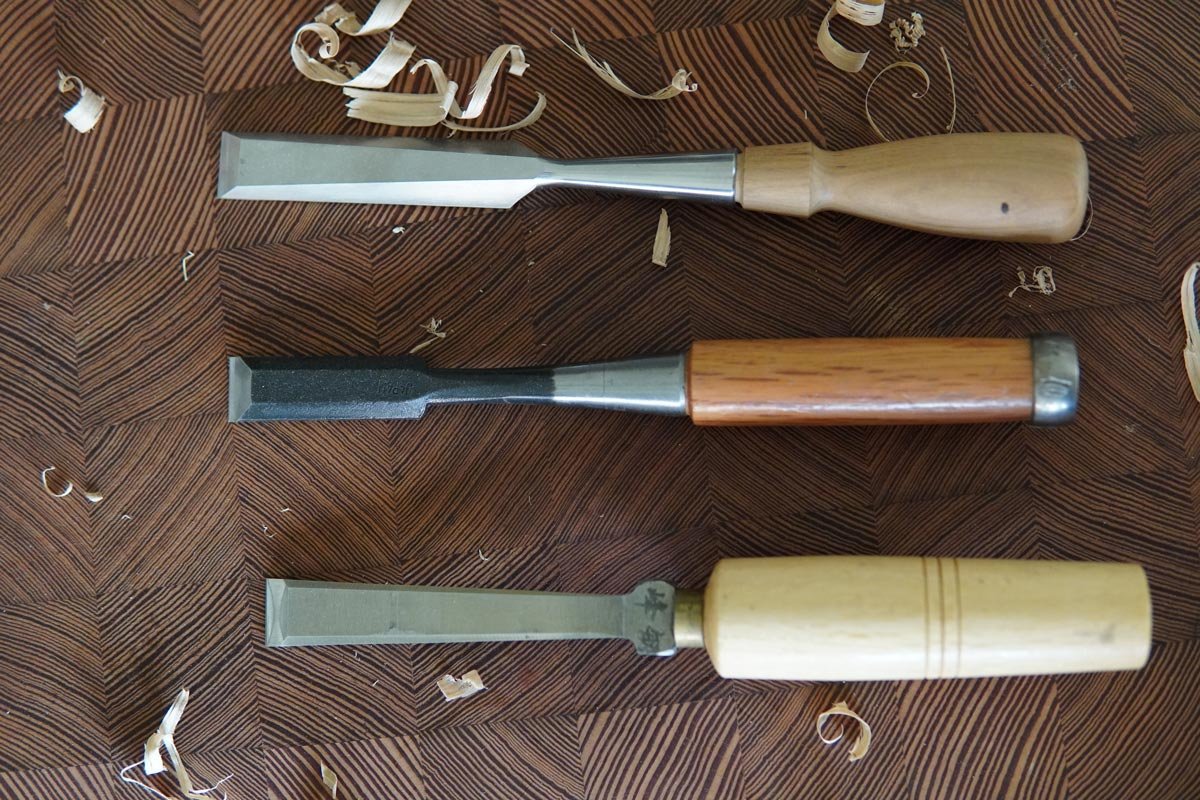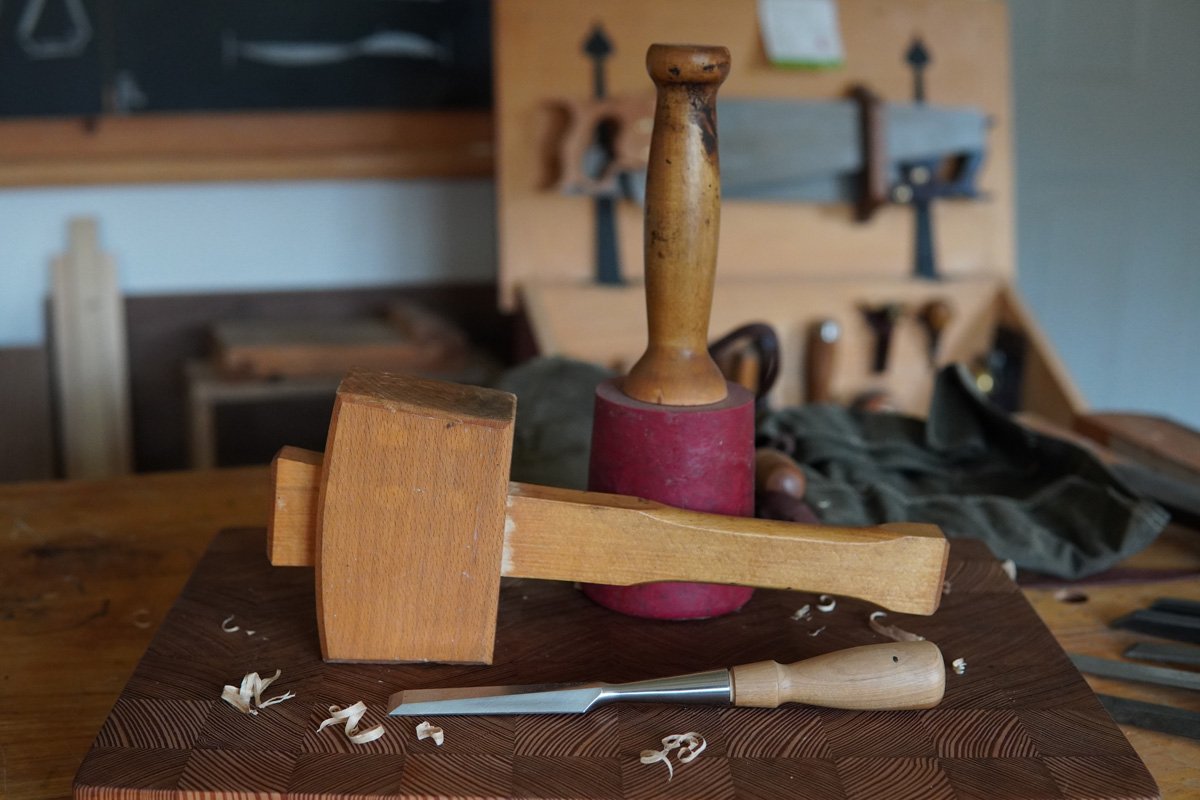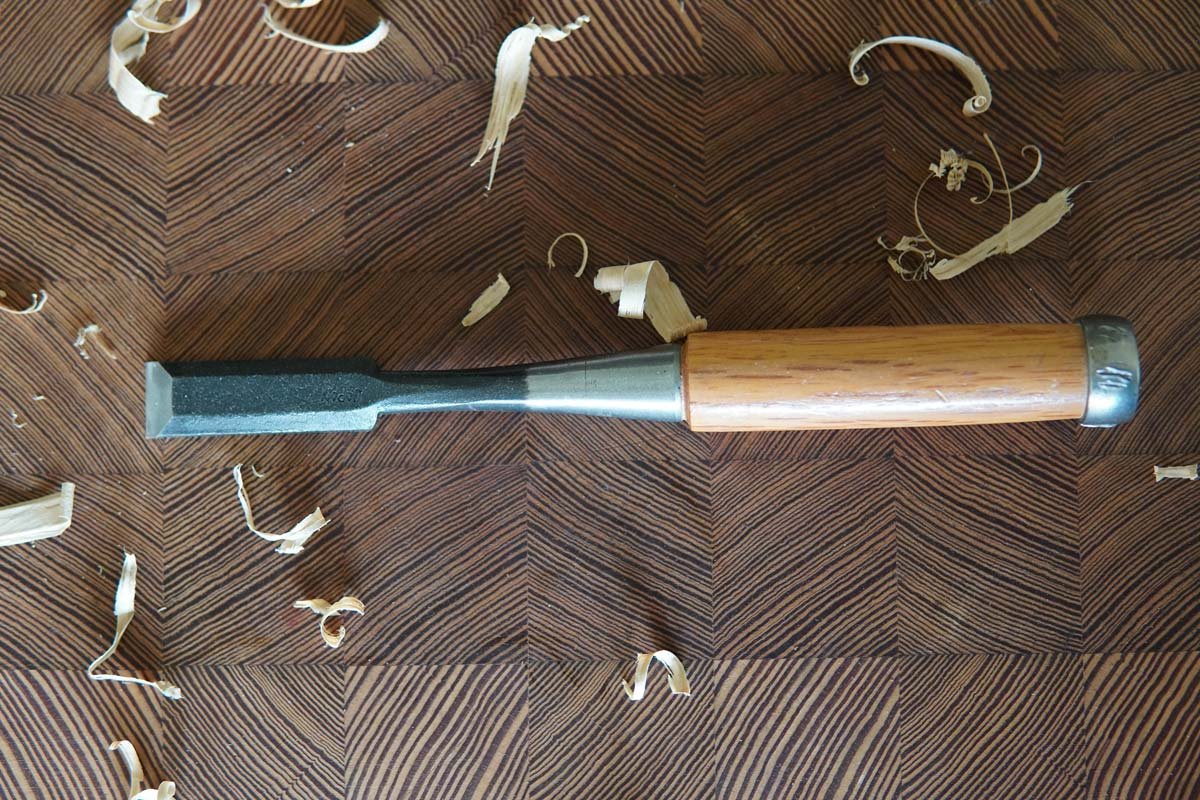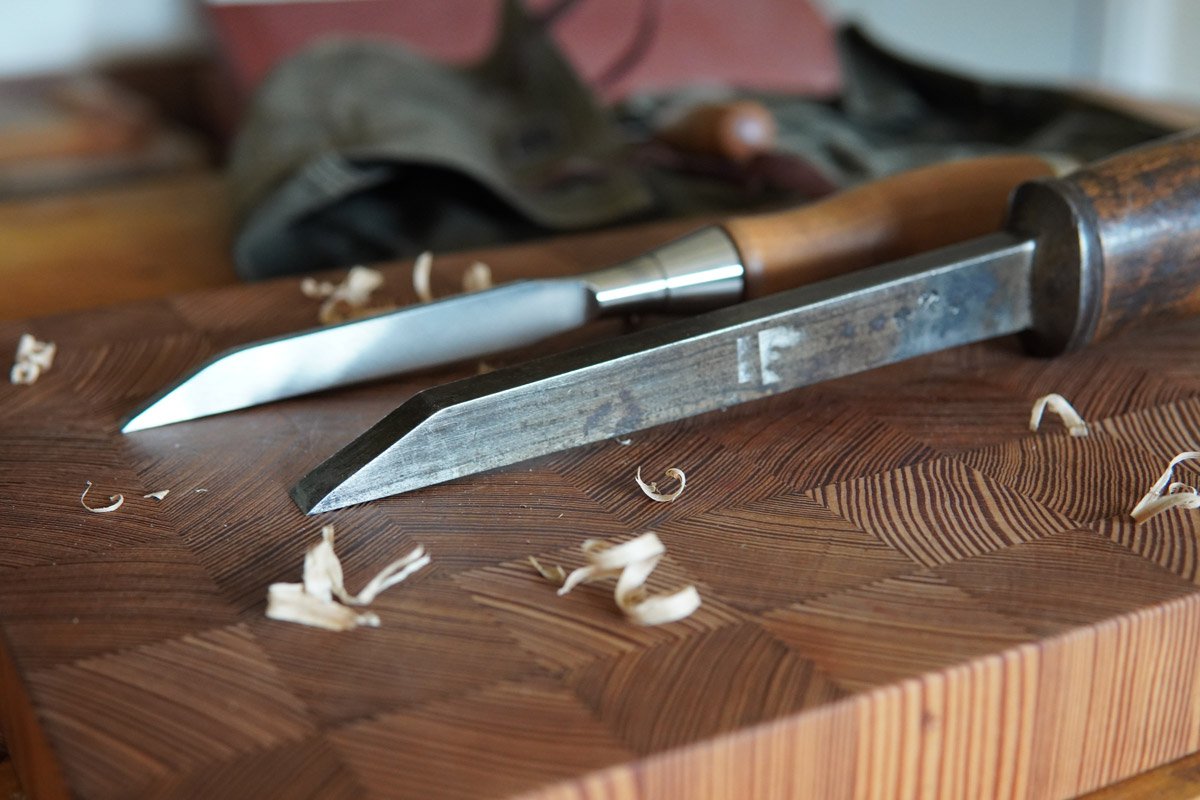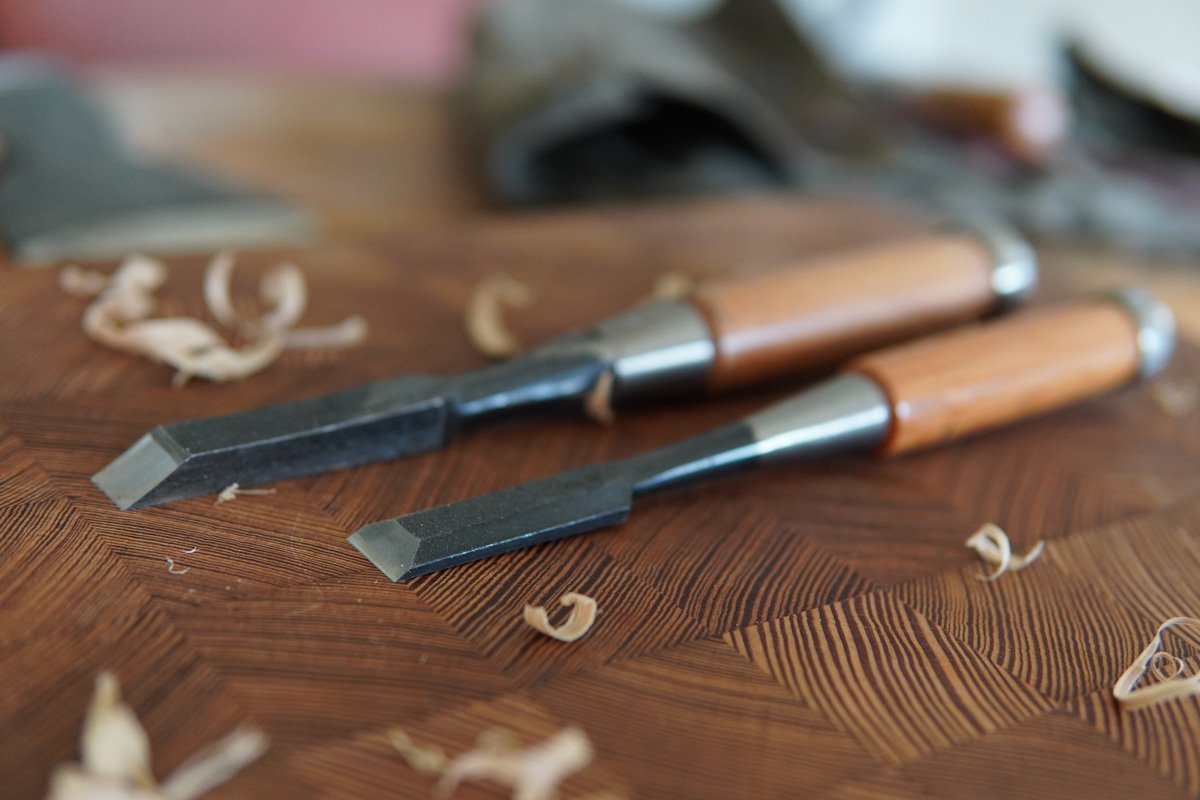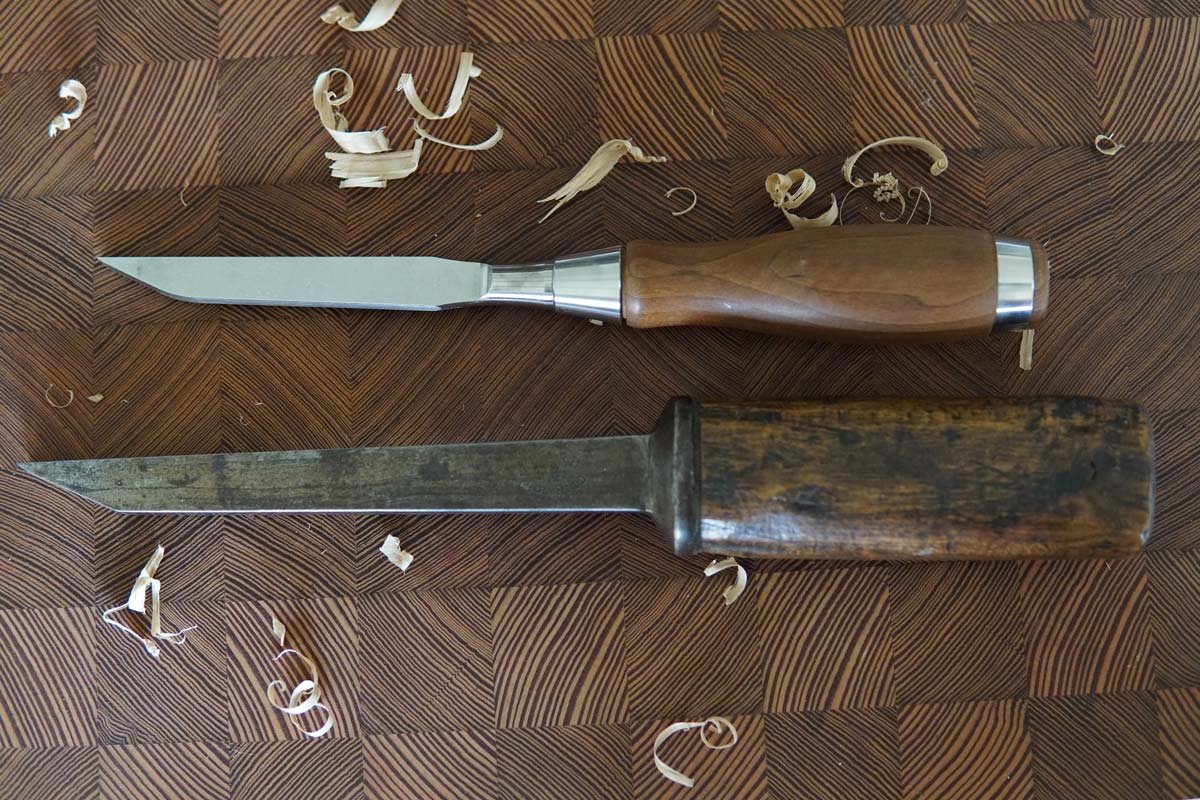Everything You Need to Know About Chisels
We’re going to discuss possibly the most important tool that can 10x your woodworking skills. That’s right, this post is all about chisels! Learn about the kinds of chisels, chisel sizes, the differences in steel, western chisels vs. foreign chisels, tool safety, and so much more.
If you’re like many woodworkers or DIYers, you’ve probably already got a few tools in your workshop. I’m guessing a drill, a saw, maybe some clamps, and you’ve probably made some pretty cool things! Check out this post on my nine must-have tools to 10x your woodworking skills. And if you missed any of these other posts in our woodworking 101 series check them out here: how to sharpen a chisel, how to use a carving knife, and how to cut dovetails by hand.
Now imagine you could build a table without any glue or screws that is stronger than any table you’ve ever sat at.
That sounds pretty cool, right?
You can do it with just a few hand tools that will take your projects from DIY to Craftsmen with just a little bit of practice and knowledge along the way.
What is a Chisel?
At its most basic, a chisel is a tool that’s going to shape wood.
Chisels started being used 8,000 years ago and they’ve been a craftsman favorite ever since.
Chisels can take the corners off of wood and make it look a bit nicer. They can join two pieces of wood together in a dado, dovetail, or mortise and tenon joints.
A chisel allows you to exploit the way the tree grows and the strength that is naturally inherent in wood to make the strongest possible joint that can be made with two pieces of wood.
Types of Chisels
Chisels come in a lot of different shapes and sizes. You don’t need every single one, but we’ll go through them here so you can decide which chisel is best for the work you need to do.
Bench chisel
Bench chisels are meant to be used with a mallot. You can find them very inexpensively, or you can get fancier bench chisels.
Paring Chisel
Paring chisels generally have longer blades, are thinner and have longer handles. These are meant to be used with body power by leaning and pressing down upon the chisel, but nothing more than that. You would never want to hit a paring chisel with a hammer.
Mortise Chisel
This chisel is meant for making mortises or cutting holes in wood.
You’ll notice the mortise chisel is much fatter than the paring chisel. That’s because the mortise chisel is build to be reamed on with a hammer and really worked hard by prying wood.
tang chisel
The tang chisel has a point that goes into the handle of the chisel. If you’re going to be hitting the tang chisel with a hammer a lot you might want to opt for a socket chisel instead. This is because any beating gives you a high likelihood of that chisel point going deeper into the wooden handle and eventually breaking the handle apart.
Socket Chisel
The socket chisel has a wooden piece that goes into the socket of the chisel. I prefer to use socket chisels over tang chisels because as you beat on the socket chisel, the wood tenon just goes deeper into the socket of the chisel which will just keep squeezing those wood fibers together, making it stronger the more use it gets.
Japanese vs. western chisels
Japanese chisels are a fine option if you have them available to you. They’re especially great when being used with a hammer. One thing to note is that Japanese chisels will come in metric increments, so if you want to use the western way of measuring things, I’d stick with western tools because then your chisels are going to come in the same dimensions as your wood.
How Many Chisels Do I Need?
In my opinion, every craftsman should have two sizes of bench chisels and one mortise chisel. However, a lot of bench chisels are fat enough that you can get away with cutting out mortises for quite a while before needing to invest in a mortise chisel.
What Size Chisels Do I Need?
If you live in America and are going to be getting the majority of your wood from your local home center, you’re going to want two sizes:
3/4 inch chisel
1/4 inch chisel
The reason for this is if you’re going to be joining two pieces of wood together (with mortise and tenons or dado joints) a good rule of thumb is you want the adjoining piece to be 1/3 of the thickness of the main case piece.
So if we were to get one chisel the same width as the main piece of wood (3/4 inch) and one chisel that’s the same width as the adjoining piece of wood (1/4 inch) then we would have the toolkit that we need to join these two pieces of wood together.
Sometimes it’s helpful to have a larger chisel that you can wail on and remove a lot of wood with and a wider chisel, such as 1 1/2 inch, is really helpful, but not necessary at the outset.
Tool Steels
A quick brief on tool steels! When you’re talking about tools you’re going to hear things that sound a lot like codes, A2, O1, PMV11.
All of these are fancy ways of talking about the hardness and durability of the blade.
O1 Steel
This is what most companies have used for a very long time. It’s a pretty good steel that’s soft enough to sharpen easily, but it doesn’t carry an edge for a super long time.
A2 Steel
This is a little bit harder than O1 tool steel, but it’s a little bit more difficult to sharpen. That difficulty in sharpening pays off in a longer-wearing edge.
PMV11 Steel
This is a steel that came Lee Valley Tools recently came up with that is a happy medium between O1 and A2 steel. It’s soft and easy to sharpen, but also has incredible durability.
Chisel Safety
You may find this surprising, but the chisel is the most dangerous tool in woodworking (including the table saw). My friend Chris Schwarts says you want to treat a chisel as a gun. You never want to have body parts or anyone else on the other side of the business end of a chisel.
Get into a regular practice of making sure all your “soft bits” are on the opposite side of the cutting edge.
One of the most dangerous things I see all the time are people trying to adjust a piece of wood while they have no control over the tool, or no built in stops, and their fingers are really close to the cutting edge.
Best Tools for Me
Ultimately, you’re going to want to find the tools that have the fit and finish, the aesthetic, the usability and the price point that makes the most sense for you.
Other Posts You May Enjoy
If you want to learn how to sharpen ANYTHING, check out our live class! Or check out these other posts below:

